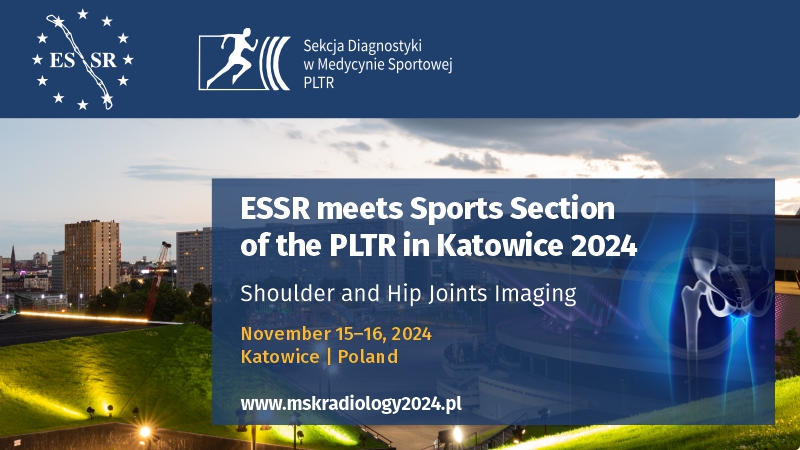An assessment of the relationship between urethral hypermobility as measured by ultrasound and the symptoms of stress urinary incontinence in primiparous women 9–18 months postpartum
Paulina Maria Pająk1, Edyta Wlaźlak2, Grzegorz Surkont2, Jarosław Kalinka1
 Affiliation and address for correspondence
Affiliation and address for correspondenceAim: The aim of the study was to estimate the relationship between bladder neck hypermobility as assessed by ultrasound and the occurrence of stress urinary incontinence as measured with the UDI-6 questionnaire in primiparous women 9–18 months postpartum. Materials and methods: The study included 100 women 9–18 months after their first delivery, 19% of whom (study group) presented with urethral hypermobility. Ultrasound was used to determine the position and mobility of the bladder neck in order to assess the urethral hypermobility. A vector of ≥15 mm was defined as urethral hypermobility. Symptoms of stress urinary incontinence were assessed using question 3 of the UDI-6 questionnaire, in which the presence of symptoms was defined as a response rated from 1 to 4. Results: We demonstrated a statistically significant relationship between urethral hypermobility and the symptoms of stress urinary incontinence with a statistical significance level of p <0.002. Conclusions: Stress urinary incontinence is a common disorder in women, the pathophysiology of which is not fully understood. It has adverse effects on the quality of life, perception of one’s own body and sexual function. Impairment of urethral fixation may play an important role in the pathophysiology of this common form of urinary incontinence. The study showed that urethral hypermobility, as assessed by ultrasound, contributes to stress urinary incontinence, as measured with the UDI-6 score. Although stress urinary incontinence is a multifactorial disorder influenced by anatomical changes and congenital anatomical features, it is easily diagnosed. Suburethral slings are an effective surgical technique; however, the incidence of postoperative voiding dysfunction or recurrent stress urinary incontinence is 10–20%. Therefore, an assessment of anatomical changes in stress urinary incontinence may help individualize the surgical strategy.








